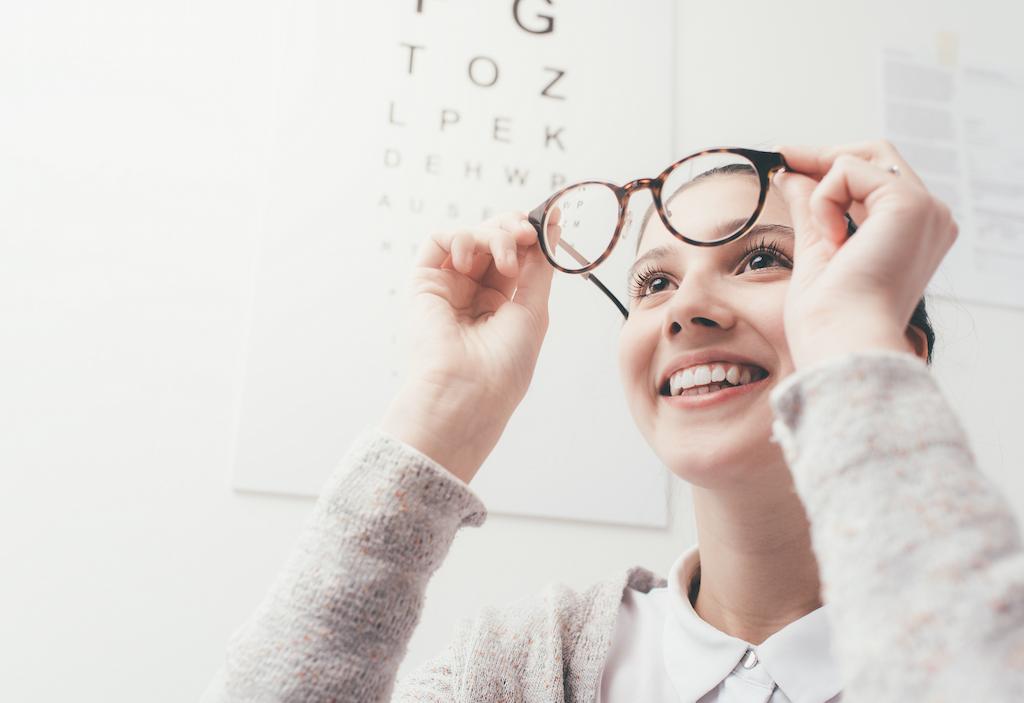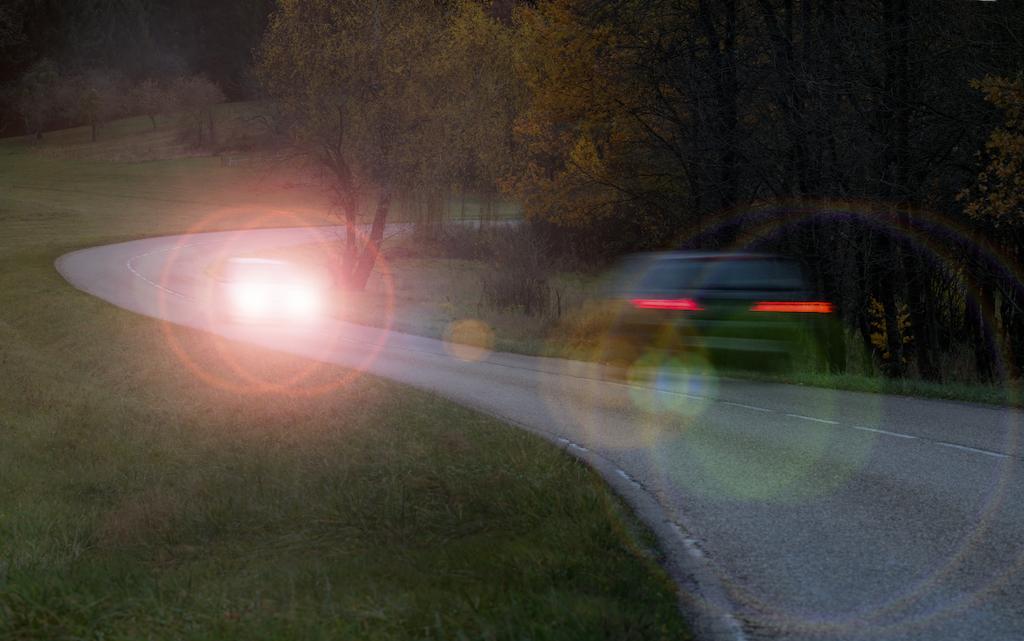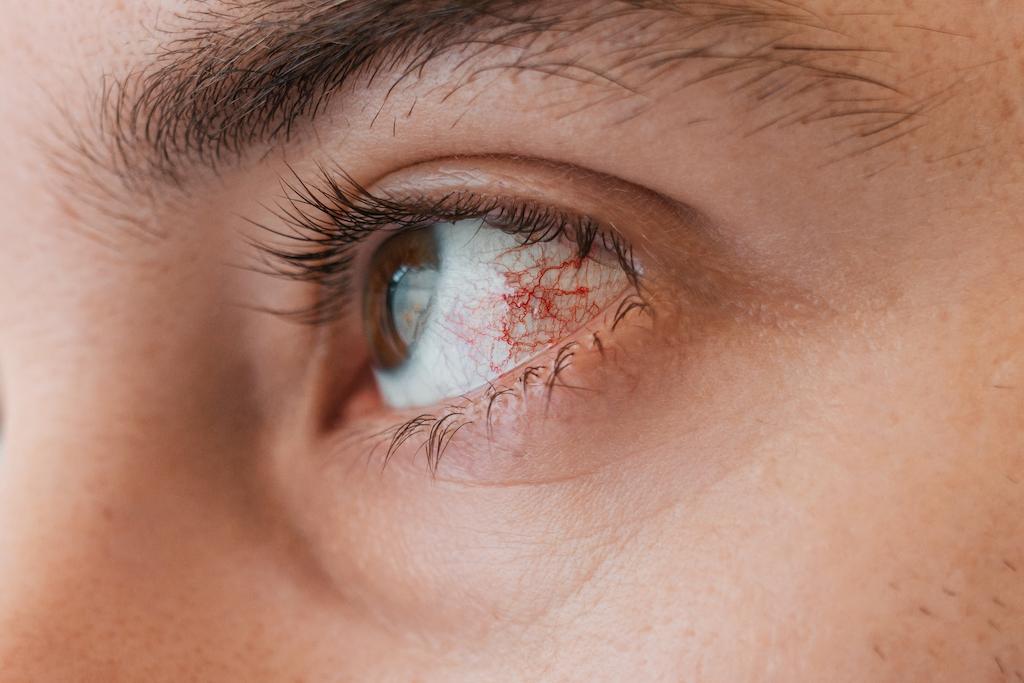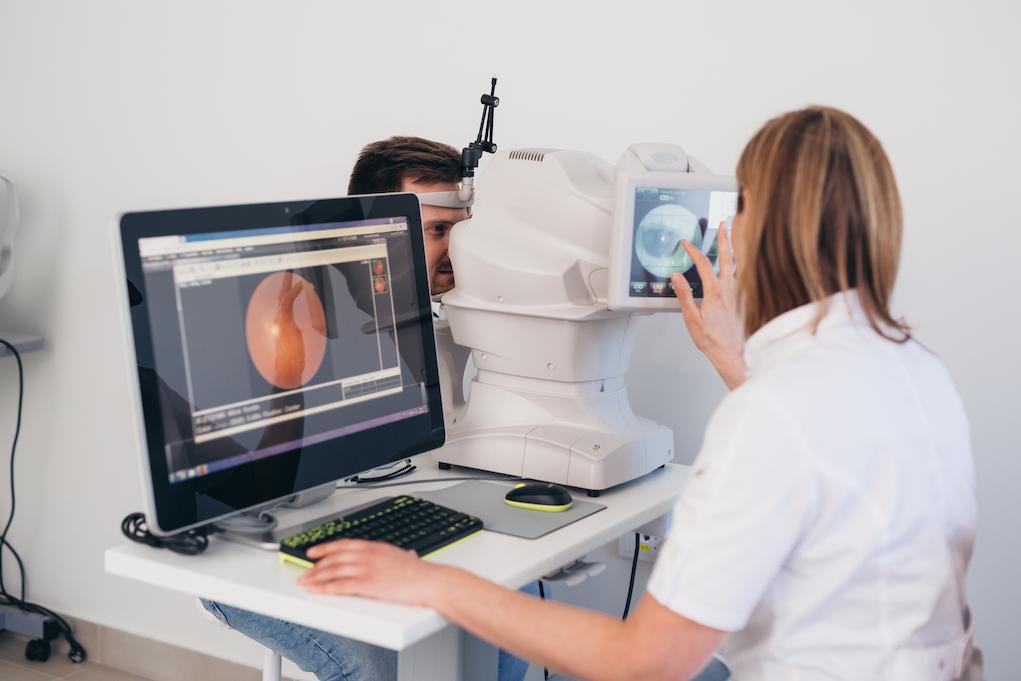

Patients who come into our office to talk about their vision correction options often have questions about the success rate of LASIK eye surgery. This isn’t surprising, given the popularity of refractive surgery in improving vision and reducing – even eliminating – patient’s reliance on glasses or contact lenses.
How successful is Lasik? The LASIK eye surgery success rate is well known thanks to the thousands of clinical studies which review patient results. LASIK has an unprecedented patient satisfaction rate of at least 96 percent of patients, the highest of any elective procedure according to the American refractive surgery council.
For those considering a vision correction procedure, understanding the LASIK success rate is an important part of your education as well as understanding what these rates mean for your own vision goals. One of the main questions asked, is Lasik surgery successful, is an important topic of conversation. As evident by the research data, LASIK is a safe vision corrective procedure that helps many patients improve their quality of life.

One of the most important factors to the success of LASIK surgery is education. Studies show that patient expectations drive satisfaction. Each patient has a unique visual need and goals can widely vary. Why are you thinking about LASIK? What are you hoping to achieve? Most patients aren’t just looking to improve their vision, but to enhance their individual lifestyle.
After you have chosen your LASIK surgeon, it is a good time to think about what made you consider vision correction surgery in the first place. Each patient experience is unique, and not everyone has the same goal. After your surgeon evaluates eye health and determines surgical candidacy, discussing your visual goals helps further guide the surgeon on your LASIK options. Studies show that meeting expectations is a key predictor of patient satisfaction and the success rate of LASIK eye surgery
Safety is the top concern when talking about laser vision correction. The other key topic is the laser eye surgery success rate. LASIK is considered one of the safest elective procedures, but it is important to know any potential side effects or complications. Using modern techniques, the lasik complication rate is low. All surgeries carry risk, and it is important to be well-informed prior to surgery. Lasik eye surgery risks statistics are well studied, and prove it to be one of the safest elective procedures. Most of the common side effects will resolve within 3 to 12 months.

The overwhelming success of laser vision correction has been so well studied and documented, that we don’t even consider the Lasik failure rate. While we most commonly discuss the Lasik success rate, it is important to discuss the side effects and complications.
One of the most common side effects of LASIK surgery is dry eye. During the LASIK consultation, your doctor will evaluate you prior to surgery to determine if you are at increased risk for dryness following surgery. Most cases resolve after the use of artificial tears. The majority of patient’s dry eye symptoms resolve by 3 months. It is rare to have chronic dry eye following the LASIK procedure. Patients with existing dry eye syndrome are most at risk for severe symptoms.
It is possible to have halos around various light sources, but most commonly noted at night. This is often a mild, temporary symptom. Many experiencing halos will see this visual disturbance resolve at 1 month, and most commonly by 3 months. The minority of patients could take longer for this symptom to go away, and some may rarely resolve.
It is normal to have light sensitivity immediately after surgery. Symptoms improve quickly with normal healing and eye drops.
Blurry vision immediately after a surgical procedure is normal. With time, vision will continue to clear and improve. Most people are able to continue with their normal routine the next day. As healing progresses, clarity will also improve.

Lasik is one of the safest elective procedures known. The results are well researched and studied. The lasik complication rate is incredibly low. Some reports estimate a complication rate at around 1%. Complications, while unlikely, are important to address with surgical candidates.
Undercorrection and overcorrection of vision means there is residual refractive error or residual prescription. This may require a second procedure if the patient is having vision problems. Around 2-5 percent of patients may need the second procedure, or enhancement surgery.
Diffuse lamellar keratitis is a rare, non-infectious complication following Lasik surgery. It is marked by extra inflammation which causes granular deposits to form underneath the Lasik flap. If caught early, it is easily treated by corticosteroid medications. Severe cases may require an additional surgery.
Rarely, can refractive surgery lead to loss of best-corrected vision. It is possible to develop the rare complication of ectasia following corneal surgery. The Lasik blindness rate is so rare, that it is estimated to be 1 in 5 million. Corneal ectasia is a rare complication that can result in impaired vision. The treatment for cornea ectasia is a separate procedure called cross-linking. The patient may need to wear glasses or specialty contact lenses following cross-linking.

The success rate for LASIK is defined as the percentage of people who achieve 20/20 or better vision following the procedure without glasses or contacts. Overwhelmingly, most people are satisfied with their visual acuity following LASIK, and happy to have freedom from glasses or contacts. Part of the success depends on you. Taking an active role in your health and your education on laser vision correction is key to LASIK success. Choosing an experienced, refractive fellowship trained, and well-known eye surgeon is vital to your lasik experience. The surgeons at Lasik surgery centers will carefully examine and test your eye to determine candidacy. These tests require specialized technology that are not found in eyecare offices that perform mostly routine eye care. It is important to ask questions, and to feel comfortable with the process at all times. Following instructions pre and postoperatively, as well as attending all recommended follow up appointments is necessary to achieve your best possible vision. Lasik surgeon Dr. John Doane is fellowship-trained with additional expertise in other corneal refractive procedures including Smile and PRK.
We welcome your questions on laser vision correction. You can use the quick contact box on this page to message our team. If you’re ready to schedule an evaluation at Discover Vision, use the appointment button below or give us a call. We look forward to learning more about your vision needs. Together, we’ll determine if LASIK, SMILE Vision Correction or another procedure is right for you.